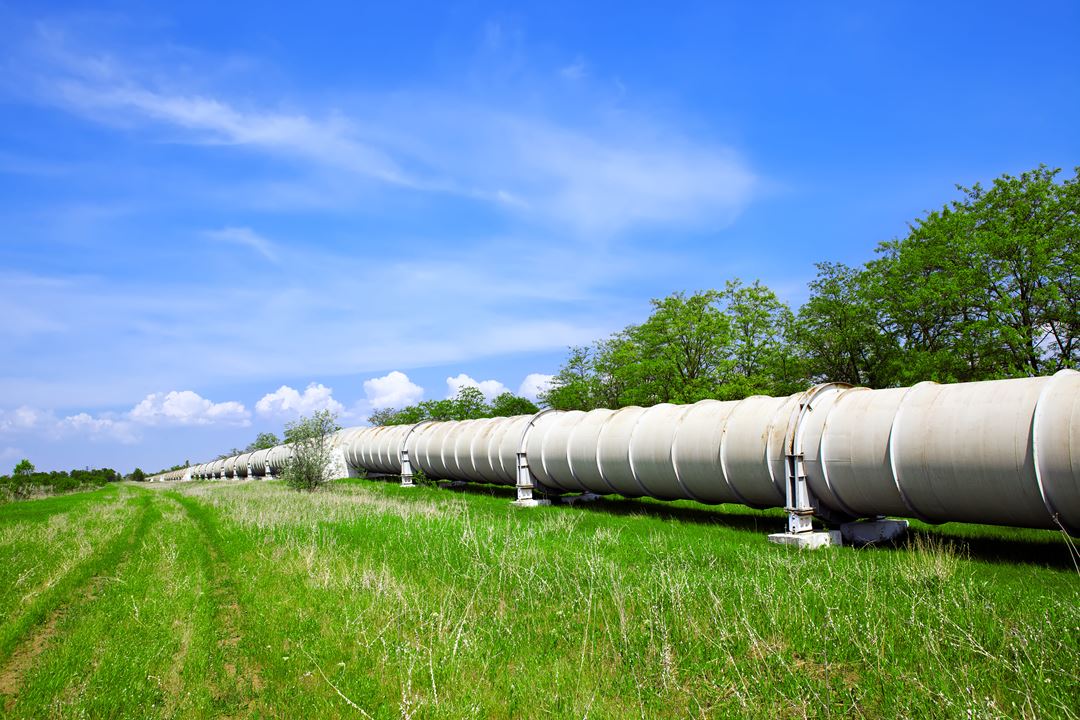Last year, the industry organization Norsk Industri presented a vision for the Norwegian process industry: By 2050, the sector would have increased the value creation significantly and at the same time achieved zero emissions. This will be a reality if Norway develops and uses technologies described by the organization in a road map for the process industry. This road map deals with many emission-reducing methods, such as the capture and storage of CO2 and the use of biocarbon.
- Some of the measures are listed under "Other", and these will account for one quarter of the required emission cuts. Increased use of gas in the metal industry is one of the key technologies in this category, says Senior Researcher Halvor Dalaker at SINTEF Materials and Chemistry.
Road map for gas in metal production
Together with the Norwegian metallurgical industry, SINTEF and NTNU have created a separate roadmap that shows how different gas technologies can make metal production more environmentally friendly and at the same time enhance the competitiveness of metal manufacturers.
This roadmap refers to both natural gas, biogas, hydrogen and exhaust gas.
- The Norwegian metal industry is one of the greenest and most energy-efficient of its kind. If the companies want to maintain their competitiveness against international players, they must employ even more efficient and profitable methods – and "green". This requires more than just one single technological advancement, Dalaker says.
ROAD MAP FOR GAS IN THE METAL INDUSTRY
- INCREASED VALUE CREATION AND REDUCED EMISSIONS (PDF)
(Written by: Halvor Dalaker, SINTEF; Eli Ringdalen, SINTEF; Leiv Kolbeinsen, NTNU; Jostein Mårdalen, NTNU)
"Road map for gas in the metal industry - Increased value creation and reduced emissions" describes technologies - as well as the preconditions, including societal ones - that must be in place for the gas-based solutions to be implemented in practice.
Metal extraction: a polluted process
In its natural state, the metal finds itself in a strong alliance with oxygen – and utterly useless as a product.
- Metal is derived from ore. To extract the metal, the ore must be treated with carbon in a smelting furnace, Dalaker explains, only high temperatures can break up this "marriage" and create something we can make use of.
The ore is heated inside the smelters, forcing the oxygen to abandon its stable and safe state. But the oxygen needs a new "partner". Without a new partner, the oxygen will find its way back to the old alliance. The smelting plants must find a new and attractive partner. Today, most smelters have appointed the fossil carbon source coke as the new "spouse". Coke is not a material easily found in pure form. Instead, it is created by heat treating coal, resulting in extensive CO2 emissions.
Less greenhouse gas with natural gas
Gas-based solutions can play an important role in striving to reach the zero emissions goal. Natural gas doesn't require the same "dirty" pretreatment as a coke. That alone gives us an environmental and climate benefit. But we must alter the production methods so gas can replace the coke.
- If we study the chemical formulas, from the time where the new alliances are formed, both coke and natural gas results in equally large emissions. So, to reach the goal of zero emission, we have to start looking for a better, more suitable companion. Biogas is one option, Dalaker says.
Biogas is a renewable and climate-neutral candidate. So why is biogas not our first choice? One of the reasons that prevents us from disqualifying coke and natural gas from the competition is: we need more biogas than what is produced today.
While the production of biogas rises, the natural gas could act as the oxygen's companion. When the production of biogas has risen, replacing the natural gas with biogas will be a small matter because they both consist of the same mail ingredient, methane, and behave relatively similarly.
Profitable, green industrial clusters
The transition to gas will not only yield environmental benefits. It can also lead to increased value creation for Norwegian companies.
The metal industry and the chemical process industry use the same raw material, but they utilize the gas in different ways. Locating them close to each other will simplify the distribution of gas, and the exhaust gas from one process can be a commodity for the other. If the Norwegian industry can see how an industry cluster can produce synergies, we can save both money and the environment.
Researchers and industrial partners are trying to find ways to create a greener and more profitable manufacturing process. Together with the Norwegian smelting industry, SINTEF and NTNU have prepared " Road-map for gas in the Norwegian metallurgical industry: greater value creation and reduced emissions ". The roadmap describes the technological and social preconditions that must be in place before the gas-based solutions can be realized.


